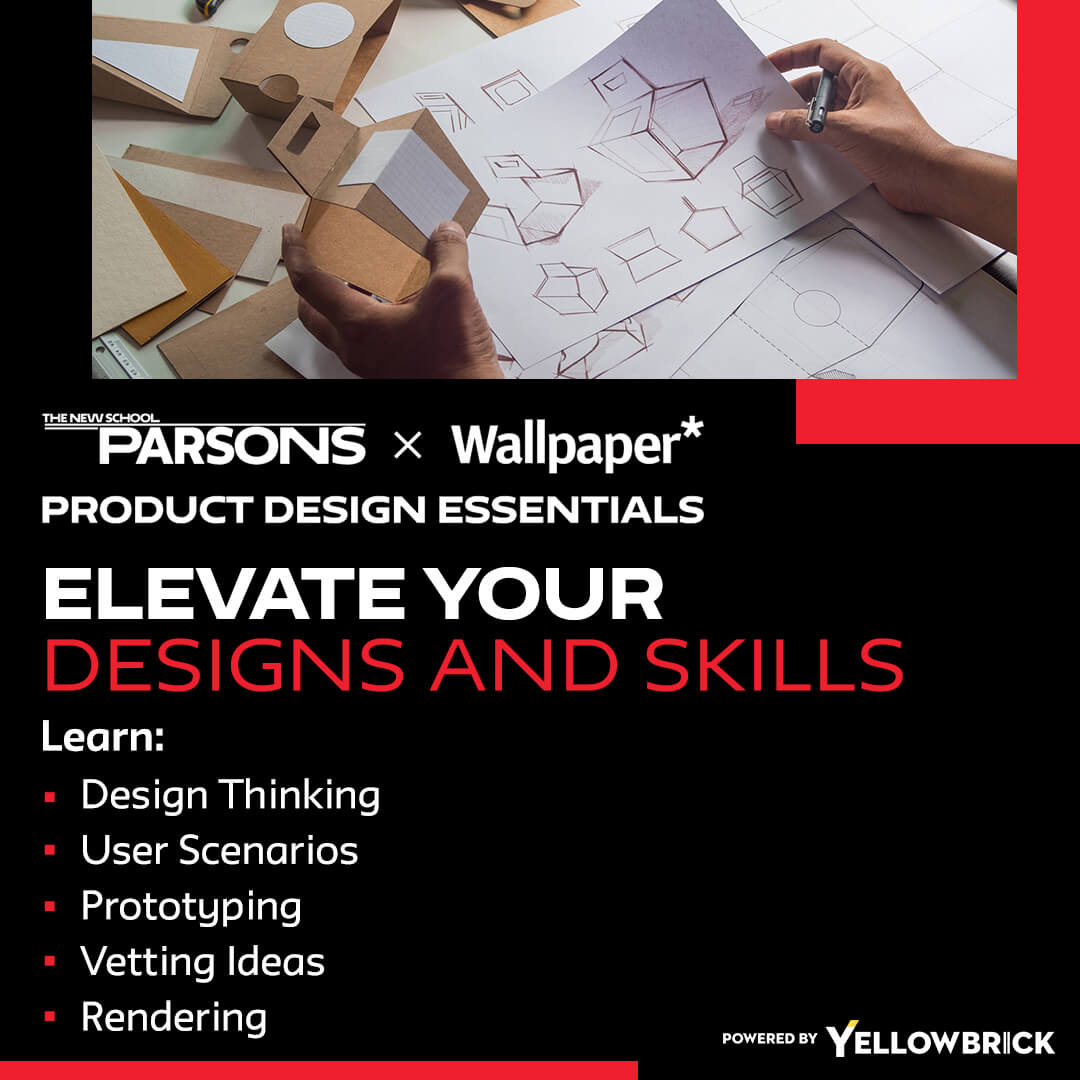In the fast-paced world of design, having a clear and well-defined product design roadmap is essential for success. A product design roadmap serves as a strategic plan that outlines the vision, goals, and milestones of a product design project. It provides a structured framework for designers to follow, ensuring that the design process is efficient, effective, and aligned with business objectives.
Why Product Design Roadmap Matters
A product design roadmap is a crucial tool that guides designers through the various stages of product development. It helps teams stay focused on the end goal, prioritize tasks, and make informed decisions throughout the design process. By establishing a roadmap early on, designers can set clear expectations, allocate resources effectively, and keep stakeholders informed and engaged.
Key Components of a Product Design Roadmap
A well-crafted product design roadmap typically includes several key components that are essential for its success:
- Goals and Objectives: Clearly defined goals and objectives that outline what the product aims to achieve and how design can support those goals.
- Timeline and Milestones: A detailed timeline with specific milestones and deadlines to track progress and ensure timely delivery.
- User Research and Insights: Incorporating user research findings and insights to inform design decisions and create user-centric solutions.
- Design Principles and Guidelines: Establishing design principles and guidelines to maintain consistency and coherence throughout the design process.
- Collaboration and Communication Plan: A plan for collaboration among team members, stakeholders, and cross-functional teams to ensure alignment and transparency.
- Feedback and Iteration Process: A process for gathering feedback, iterating on designs, and continuously improving the product based on user input and testing.
By including these components in a product design roadmap, designers can effectively navigate the complexities of the design process and deliver successful outcomes.
Top 10 Jobs in Product Design
A career in product design offers a diverse range of opportunities for professionals with a passion for creating innovative and user-centric products. Here are the top 10 jobs in product design that provide exciting career paths and growth opportunities:
- Product Designer: Responsible for designing and developing products that meet user needs and business requirements.
- UX/UI Designer: Specializing in user experience (UX) and user interface (UI) design to create intuitive and engaging digital products.
- Design Manager: Overseeing design teams and projects to ensure the successful delivery of design solutions.
- Design Researcher: Conducting research to understand user behaviors, preferences, and needs to inform the design process.
- Interaction Designer: Focusing on designing interactive experiences and interfaces for digital products and services.
- Industrial Designer: Creating physical products and prototypes that are functional, ergonomic, and aesthetically pleasing.
- Design Strategist: Developing design strategies and frameworks to drive innovation and business growth.
- Design Technologist: Combining design and technology skills to create interactive and dynamic design solutions.
- Design Director: Providing strategic direction and leadership for design teams and projects.
- User Experience Architect: Designing information architecture and navigation structures to optimize user interactions and experiences.
Each of these roles offers unique opportunities for professionals to leverage their design skills, creativity, and problem-solving abilities in the dynamic field of product design.
Skills Needed for Success in Product Design
To excel in a career in product design, professionals need to possess a diverse set of skills that enable them to tackle complex design challenges and deliver impactful solutions. Some key skills that are essential for success in product design include:
- Creativity: The ability to think outside the box, generate innovative ideas, and approach design problems from different perspectives.
- User-Centric Design: A deep understanding of user needs, behaviors, and preferences to create intuitive and user-friendly products.
- Visual Design: Proficiency in visual design principles, typography, color theory, and layout to create visually appealing and engaging designs.
- Prototyping and Testing: Experience in creating prototypes, conducting user testing, and iterating on designs based on feedback.
- Collaboration: Strong communication and collaboration skills to work effectively with cross-functional teams, stakeholders, and clients.
- Problem-Solving: The ability to identify design problems, analyze complex situations, and generate creative solutions that meet user and business requirements.
- Adaptability: Willingness to embrace change, learn new tools and technologies, and adapt to evolving design trends and practices.
By honing these skills and continuously learning and growing in the field of product design, professionals can position themselves for success and make a significant impact in the industry.
Conclusion
A well-structured product design roadmap is a powerful tool that brings clarity, direction, and alignment to the design process. By outlining clear goals, timelines, and collaborative plans, it ensures that every design effort contributes to both user satisfaction and business success. Combined with the right skills and a clear understanding of various roles in the field, designers can effectively navigate their careers, deliver impactful solutions, and thrive in the ever-evolving world of product design.
Key Takeaways:
- A product design roadmap is a strategic plan that outlines a project’s vision, goals, and milestones to guide the design process effectively.
- Roadmaps help teams prioritize tasks, allocate resources, and stay aligned with business objectives.
- Core components of a roadmap include clear goals, timelines, user research, design principles, communication plans, and feedback loops.
- Having a roadmap early in the process helps manage expectations and keeps stakeholders engaged throughout the project.
- Product design offers diverse career paths such as Product Designer, UX/UI Designer, Design Manager, and Interaction Designer.
- Other top roles include Industrial Designer, Design Strategist, Design Technologist, and User Experience Architect.
- Essential skills for success include creativity, user-centric thinking, visual design proficiency, prototyping, collaboration, problem-solving, and adaptability.
- A strong roadmap paired with the right skillset allows designers to produce meaningful, user-focused products that meet business goals.
As you continue to enhance your skills and advance your career in product design, consider exploring the Parsons Product Design Essentials online course and certificate program.
This comprehensive education in design systems will empower you to master the intricacies of creating impactful and harmonious design solutions, setting you on a path towards a rewarding journey in the world of product design.








